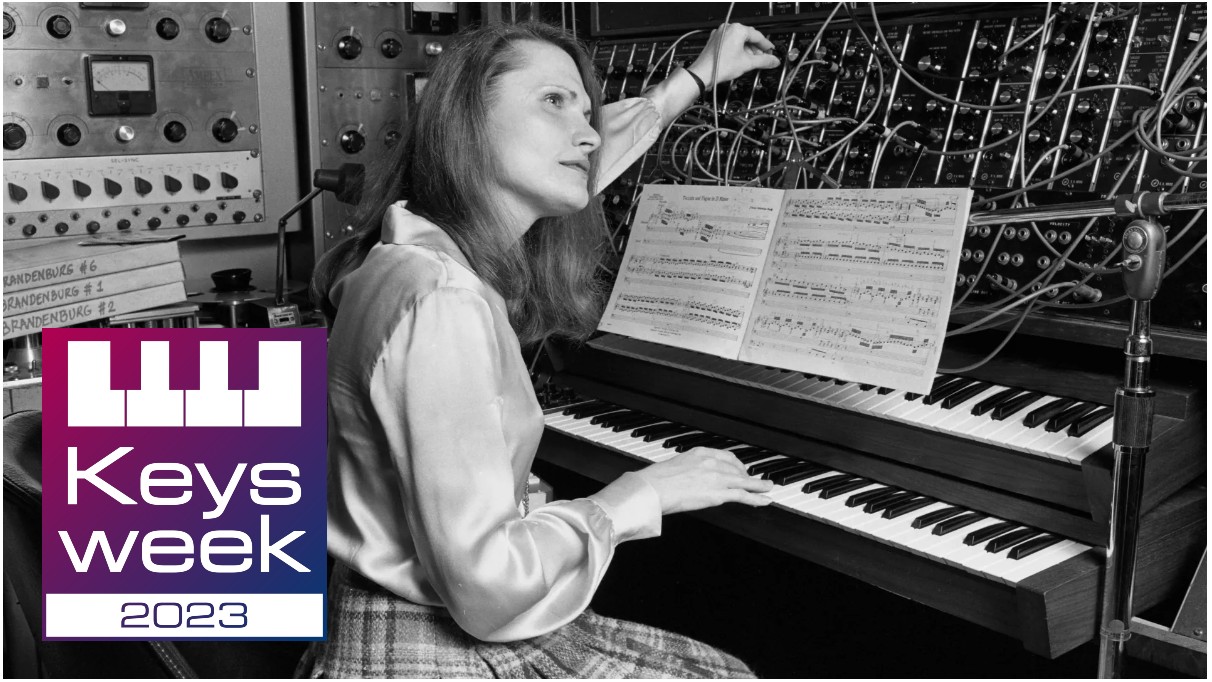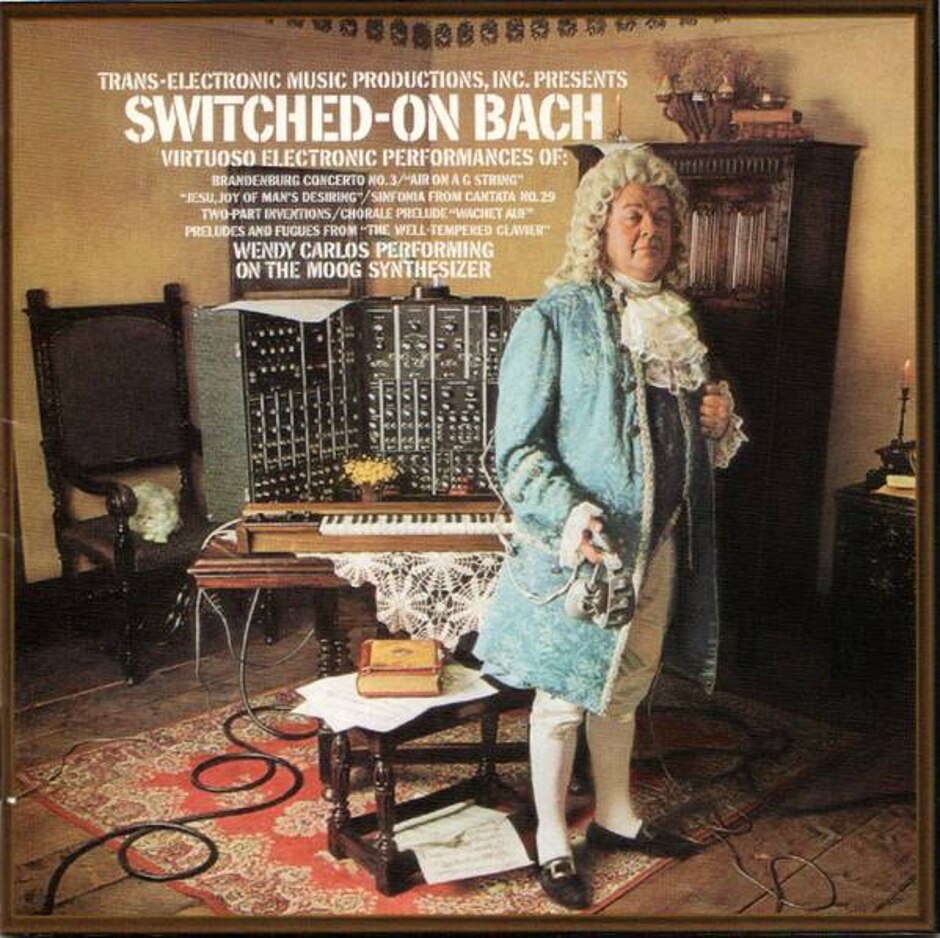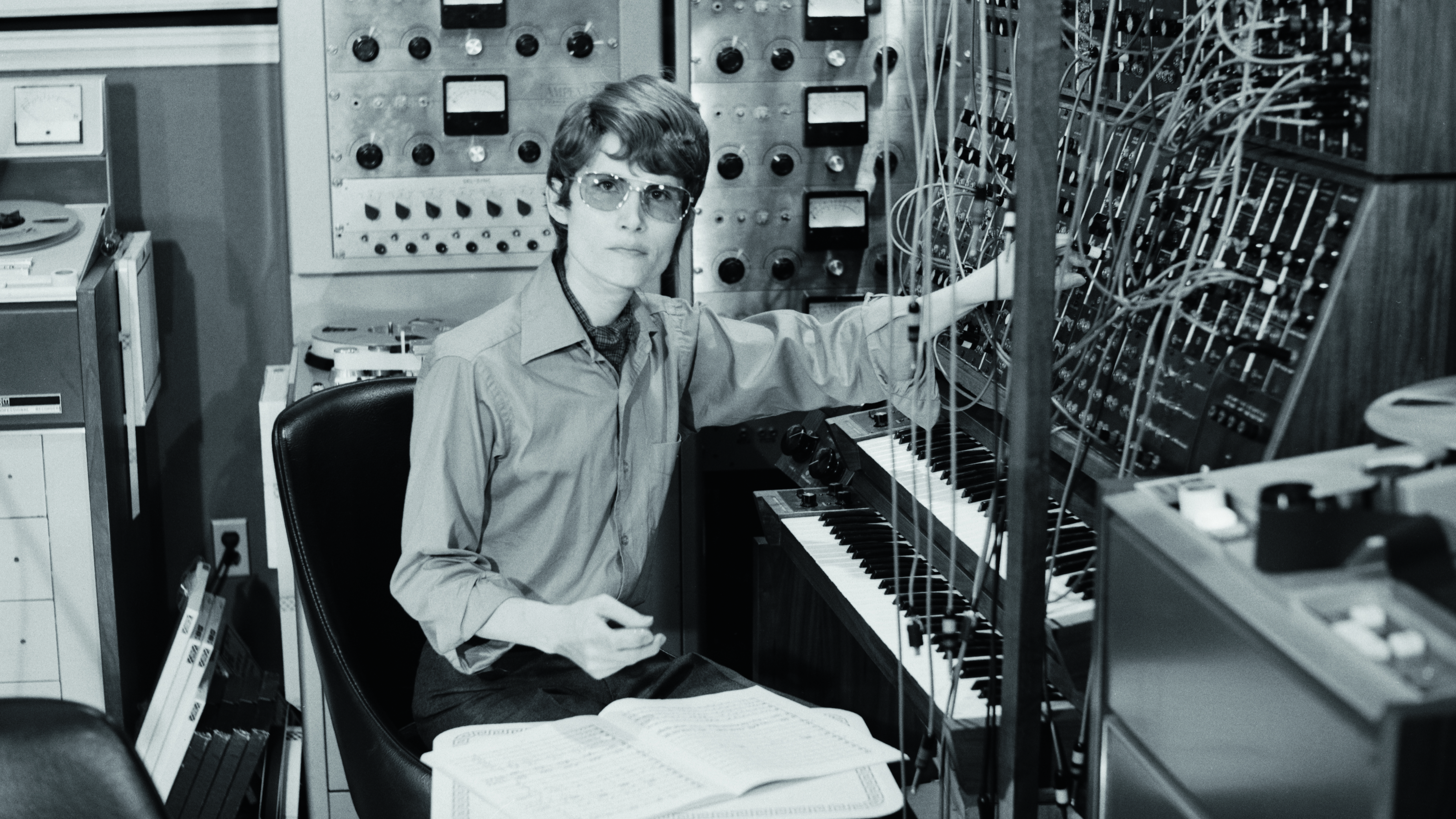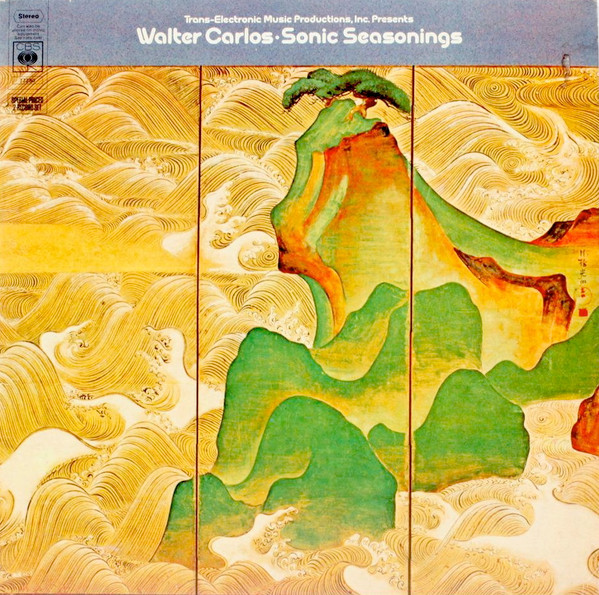
KEYS WEEK 2023: Wendy Carlos is one of the greatest living pioneers in the worlds of both music and technology. Indeed, without her work and the release of the seminal recording, Switched-On Bach, you could easily argue that the history of synthesizers and synthesizer music would be very different.
That recording and Wendy’s follow-up works validated the synthesizer and spurred on many to follow in her footsteps. From our vantage point some 50 years on it may be hard to accept this point, and I am not saying mainstream synthesizer music wouldn’t have happened – It would have at some point – but the cultural shock and acceptance of synthesizers for making expressive tonal music can be directly traced to the release of her groundbreaking recording(s).
Breaking Free From Academia
Wendy Carlos played piano as a youth, and later studied at Brown University, graduating with dual degrees in music and physics. Already interested in electronic music, Wendy used to teach the subject informally while at the University.
She then went on to Columbia University, earning a master’s degree in music composition. Here she studied with Vladimir Ussachevsky and Otto Luening, who founded the Columbia-Princeton Electronic Music Center in New York. While working on fledgling compositions, Wendy also took a job at a recording studio, gaining a lot of essential experience and techniques that would serve her well in her mostly home-recording career.
Carlos attended the 1964 AES Show (Audio Engineering Society) in NYC, at the suggestion of Ussachevsky. There she first encountered the Moog synthesizer, then a collection of individual modules. She struck up a friendship with Bob Moog (whom she had woken up from a short afternoon nap behind his booth!) and began consulting with him on aspects of his gear.
Here's an interview with both Bob and Wendy discussing their early work together.
Wendy had a lot of involvement in the design of the first keyboard Moog developed to play the modules, an idea credited to Professor Herb Deutsch, Bob’s close informal partner in the early development and success of his invention.
By 1967 Moog hand-delivered a custom instrument to Carlos at her apartment studio, and she began to record music using it. As payment to Moog for the gear, she helped him to create a recorded demo of the system, which he could use to help demonstrate and sell gear.
Here's a BBC clip of Wendy and the Moog system.
Unexpected Success
Carlos' various experiments with the Moog included a version of the Bach Invention in F Major, which led to her collaborating with producer Rachel Elkind, who helped her to get a record deal with CBS/Columbia Records.
The resulting album, Switched-On Bach (1968), was her effort to create, as she says on the Wendy Carlos website, “appealing music you could really listen to. It was certainly not about any revival of Bach. It was just lovely music, eminently suited for this stage of the development of Bob Moog’s new synthesizer. (It demonstrated) that the medium was far more flexible and capable than one might have been aware.”

Surprisingly the album was a huge hit, becoming the second biggest-selling classical album of all time. It earned three GRAMMY awards, and has sold over a million copies. As one reviewer noted: “Carlos’ use of the Moog’s … sounds was highly musical in ways that ordinary listeners could appreciate, itself a first in the use of this instrument, and was characterized by – for the time – amazing sensitivity and finely wrought nuances, in timbre, tone, and expressiveness.”

Due to the success of Switched on Bach, Wendy returned to the concept quickly, releasing The Well-Tempered Synthesizer in 1969, a collection of Baroque compositions. She later returned to all-Bach with Switched-On Bach II in 1974.
Finally, Carlos returned to Bach’s music one more time with her wonderful rendition of the complete Brandenburg Concertos in 1980.
Finding any of Wendy Carlos’ music online is difficult, as her distribution deal expired, and she hasn’t released any of it to the streaming services. But in another BBC interview below, Carlos discusses some of the meticulous methods she used when putting together these early tracks.
Pioneering Other New Avenues
Lest you think that all Wendy Carlos did was re-imagine Bach’s music for the synthesizer, her third release was a bold new step into as-then-uncharted waters. Sonic Seasonings (1972) was a double album that represented the four seasons using field recordings and synthesized timbres, and is acknowledged as the first album of ambient music, ten years before Brian Eno coined the term.

Moving beyond analogue, Wendy started exploring digital synthesisers, becoming especially fond of the additive synthesis-based Crumar GDS system, and its spin-off, the Synergy. Using these tools she re-created the tones of the full symphony orchestra and released a stunning album called Digital Moonscapes in 1984.
Once she was ensconced in digital synthesis, Carlos started exploring alternate tunings, becoming as she said, “freed from the tyranny of the octave and tempered tuning". The resulting 1986 album, Beauty In The Beast, is what she believes is her most important recording – no small praise considering her career!
Some tracks on the album explore just intonation, others Balinese tunings (Pelog and Slendro scales), and others newly created tunings that use anywhere from 15 to 144 steps within a single octave.
Soundtrack Success
After Switched-On Bach, perhaps Carlos’ most famous recording is the music she created for the 1971 Stanley Kubrick film A Clockwork Orange. A bold score utilizing synthesizers and vocoder to recreate eerie and unique reimaginings of classical pieces from Beethoven and others, the soundtrack is beloved by synthesists the world over.
The standout piece is Timesteps, an original composition that affords us the chance (finally) to hear Carlos the composer. It appeared in abridged form in the movie.
Carlos and Kubrick attempted to work together again for the movie The Shining (1980), but little of her music ended up being used in the final movie release.
Wendy’s last major soundtrack was for the Disney movie Tron, released in 1982. Utilizing both the Moog and GDS synths along with orchestra, it’s a bold work, reminding us it’s a shame that Carlos didn’t continue creating original music for the visual medium.
There's a lot more information about Wendy and her work on the Wendy Carlos website.
Looking for more great keyboard gear and technique articles? Get all our reviews, news, features, tutorials, tips and more at our Keys Week 2023 hub page.







